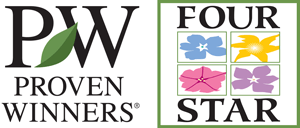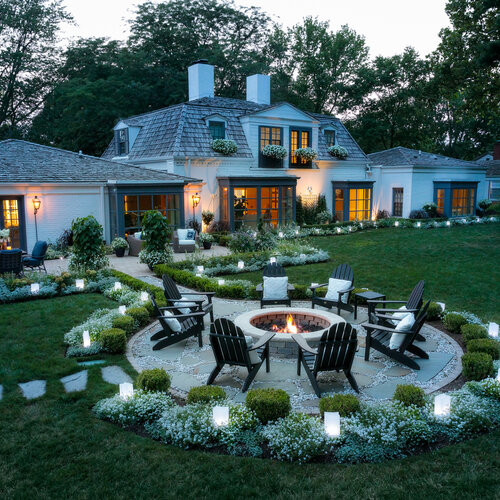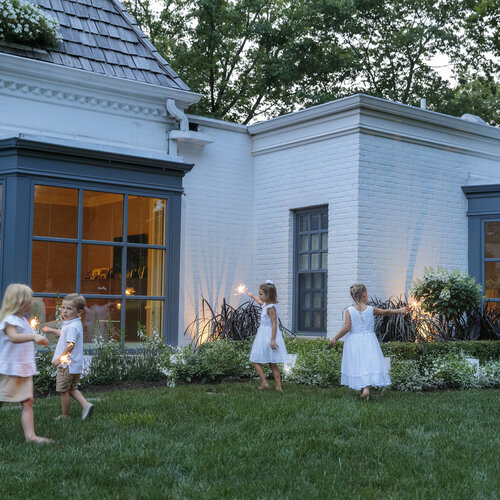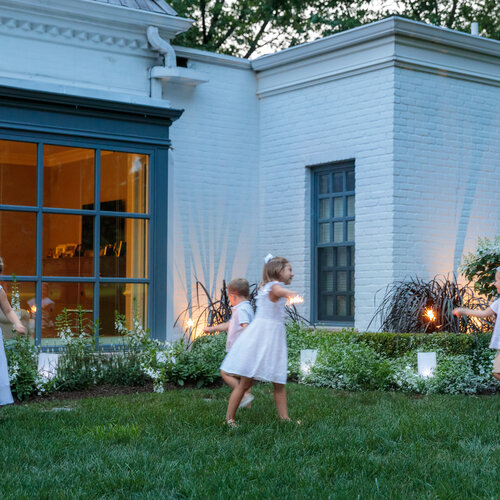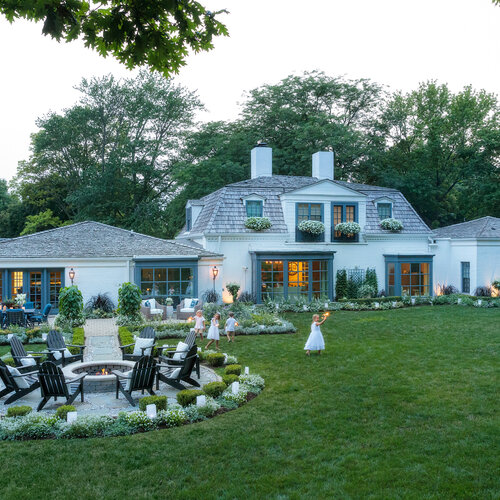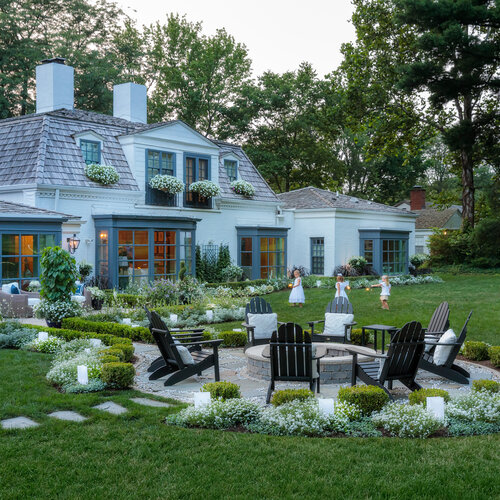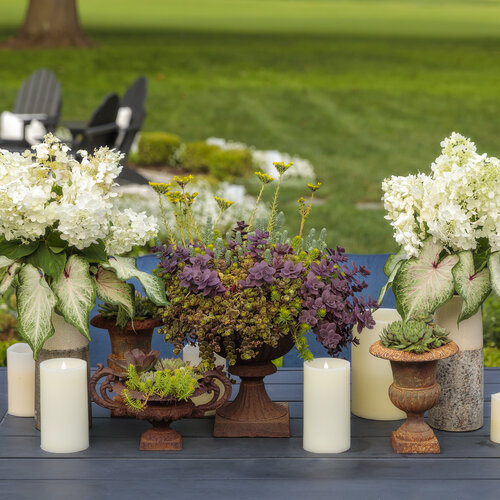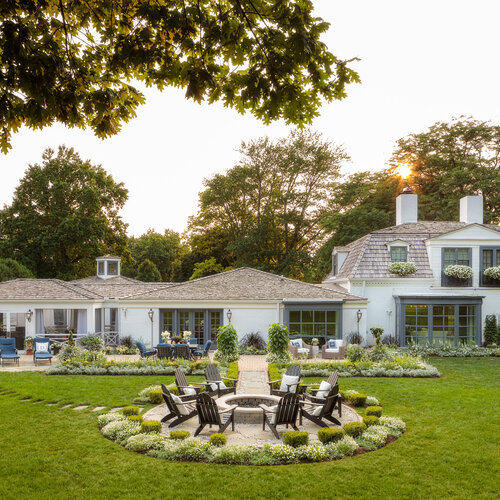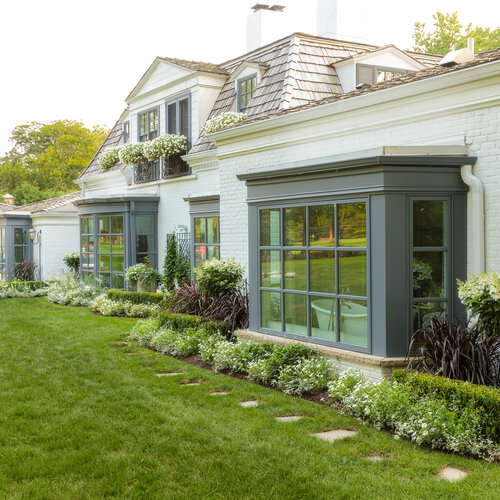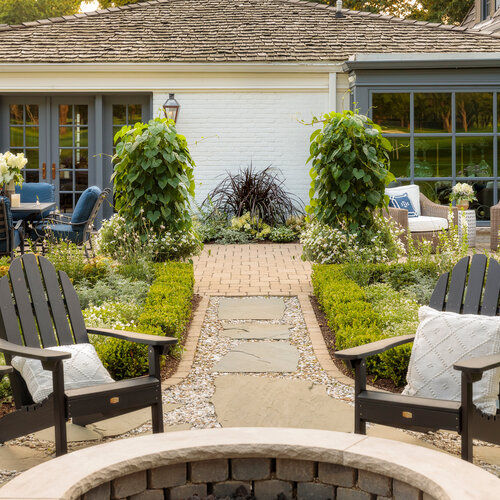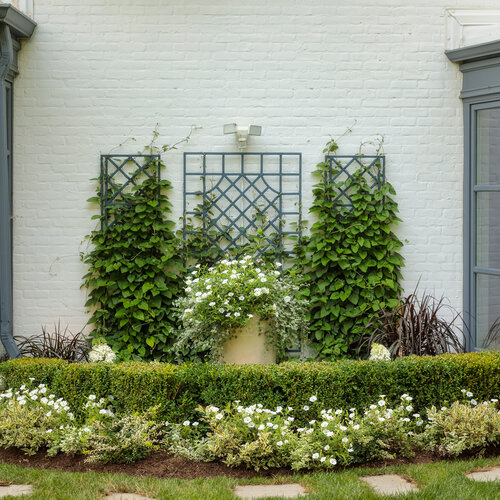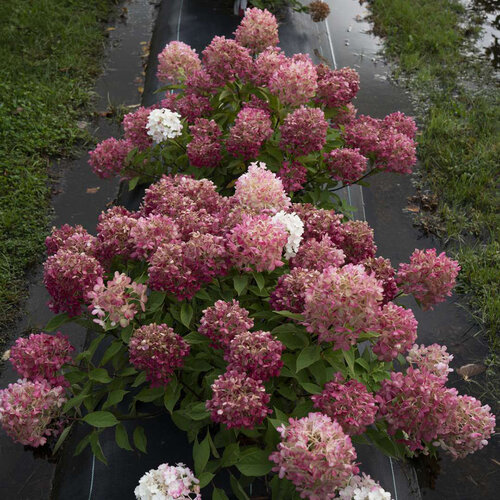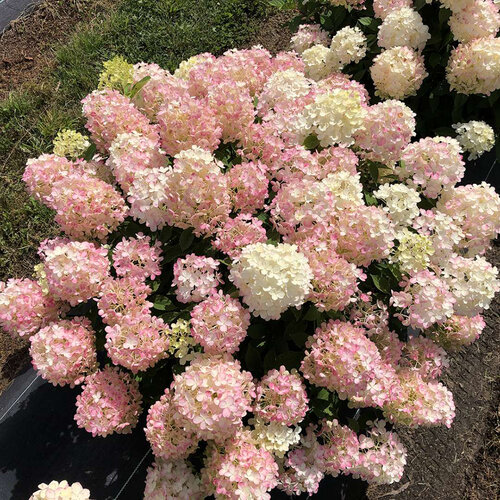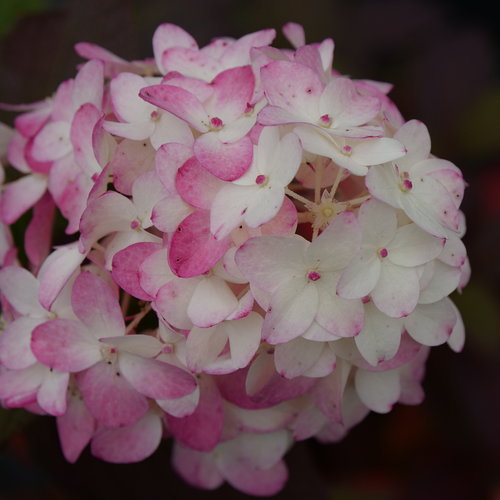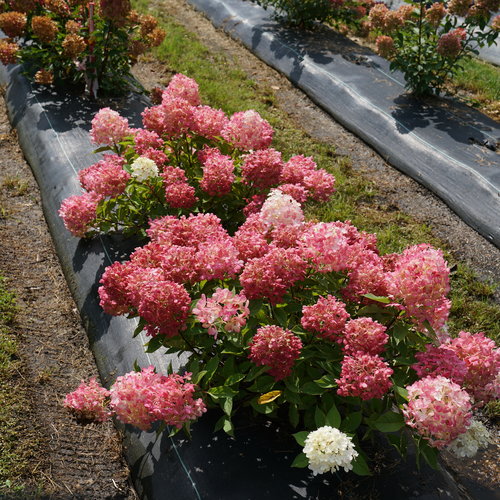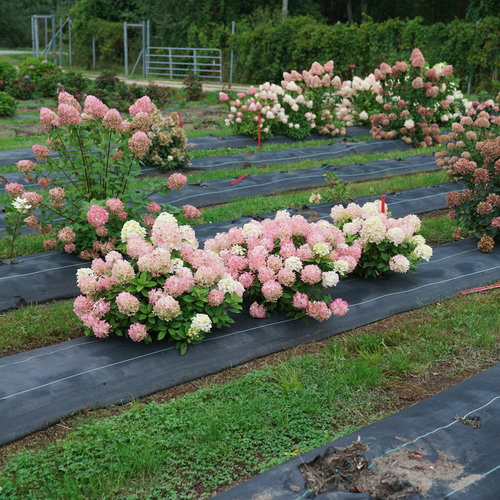Plantinformation
HOME OF PROVEN WINNERS®
Plant Information
Fire Light Tidbit®
Hydrangea
A dwarf hydrangea for the front of the border with a bun-shaped habit and proportionately sized, rounded blooms. The late season blooms emerge a creamy, light green-white and quickly begin to turn raspberry pink, creating a pleasing blend of colors not seen before.
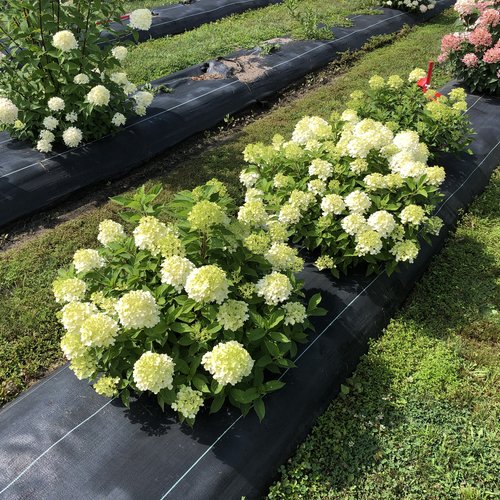
| Blossom Color | Pink, Red, White |
| Bloom Season | Summer, Fall |
| Exposure | Part Sun to Sun |
| Height | 72-96 in |
| Width | 72-96 in |
| Spacing | 72-96 in |
| Container Sizes | 1 Gallon |
| Hardiness Zones | 3, 4, 5, 6, 7, 8 |
| Wildlife Attracted | No Wildlife Attracted |
| Wildlife Deterred | No Wildlife Deterred |
| Features | A dwarf hydrangea for the front of the border with a bun-shaped habit and proportionately sized, rounded blooms. The late season blooms emerge a creamy, light green-white and quickly begin to turn raspberry pink, creating a pleasing blend of colors not seen before. |
| Available Seasons |
| Adaptable as a Houseplant | No |
| Bog Plant | No |
| Is Disease Resistant | No |
| Drought Tolerant | No |
| Edible | No |
| Erosion Control | No |
| Fragrant Flower | No |
| Fragrant Foilage | No |
| Heat Tolerant | No |
| Native to North America | No |
| Salt Tolerant | No |
| Succulent | No |
| Water Plant | No |
| Uses |
Thanks to its small stature, Fire Light Tidbit hydrangea is eminently versatile in the garden and landscape. Plant it amongst perennials in a flower garden, use in foundation plantings and landscaping as a mass planting, edging, or specimen, or plant it in containers for long-lasting, easy-care beauty year after year. |
| Maintenance Notes |
Prune by cutting back the main branches by one-third in late winter or early spring. You may also prune in late fall, once it has gone completely dormant, if desired - you'll find more information in our Ultimate Guide to Panicle Hydrangeas. Panicle hydrangeas require well-drained soil. As such, we do not recommend amending the soil when you plant them, as explained here. Fertilize in early spring (just as the ground begins to thaw in cold climates) if desired, using a granular rose fertilizer. You may fertilize monthly through late July for more rapid growth, but this is not necessary for a healthy, abundantly-blooming plant. |
